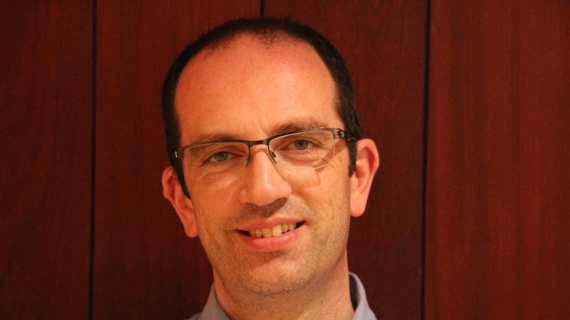João Braga
Application of laser in oral surgery

- Degree in Dental Medicine by FMDUP – 1994
- PhD in Dental Medicine by FMDUP – 2014
- Specialist in Oral Surgery by OMD – 2017
- Assistant Professor – Oral Surgery – Faculty of Dental Medicine, University of Porto (FMDUP)
- Professor and member of the Scientific Committee of the XI Master in Oral Surgery – FMDUP
- Member of the Scientific Committee of the Portuguese Dental Association (OMD)
Nationality: Portugal
Scientific areas: Laser
28 of november, from 09h00 until 10h30
Sala 1
Conference summary
LASER is a monochromatic, collimated, coherent, and intense beam of light produced by stimulated emission of radiation of a light source.
There are a lot of different types of LASER, considering the wavelength, but the most common LASER used in oral surgeries are Er:YAG, Diode and Nd:YAG.
The properties of a specific LASER beam, particularly wavelength, power and frequency, and the characteristics of the target tissue determine the interaction type.
The Er:YAG LASER (2940 nm) is the LASER mainly used in oral surgery for hard tissue. It was developed in 1988 and the emission wavelength is perfectly matched to the absorption maximum of water, the main component of several oral tissues.
Nd:YAG LASER (1064 nm), is currently indicated for biostimulation and treatment of some vascular lesions. Its deep penetration depth in soft tissue create significant lateral tissue damage, desirable for vascular lesions, but not for other pathology.
Diode LASER (810-980 nm) has become very popular in oral surgery because of their small size, low cost, fiber optic delivery, ease of use and hemostatic properties of oral soft tissue.
The use of LASER requires accurate knowledge of the optical behavior of biological tissues in relation to each type of LASER used. Most of the failures are due to ignorance of the different differences between this technology and alternative conventional methods.
The application of the referred LASER types, in oral surgery, will be explained, the advantages / disadvantages presented and illustrated with several clinical cases and practical tips to achieve good results.